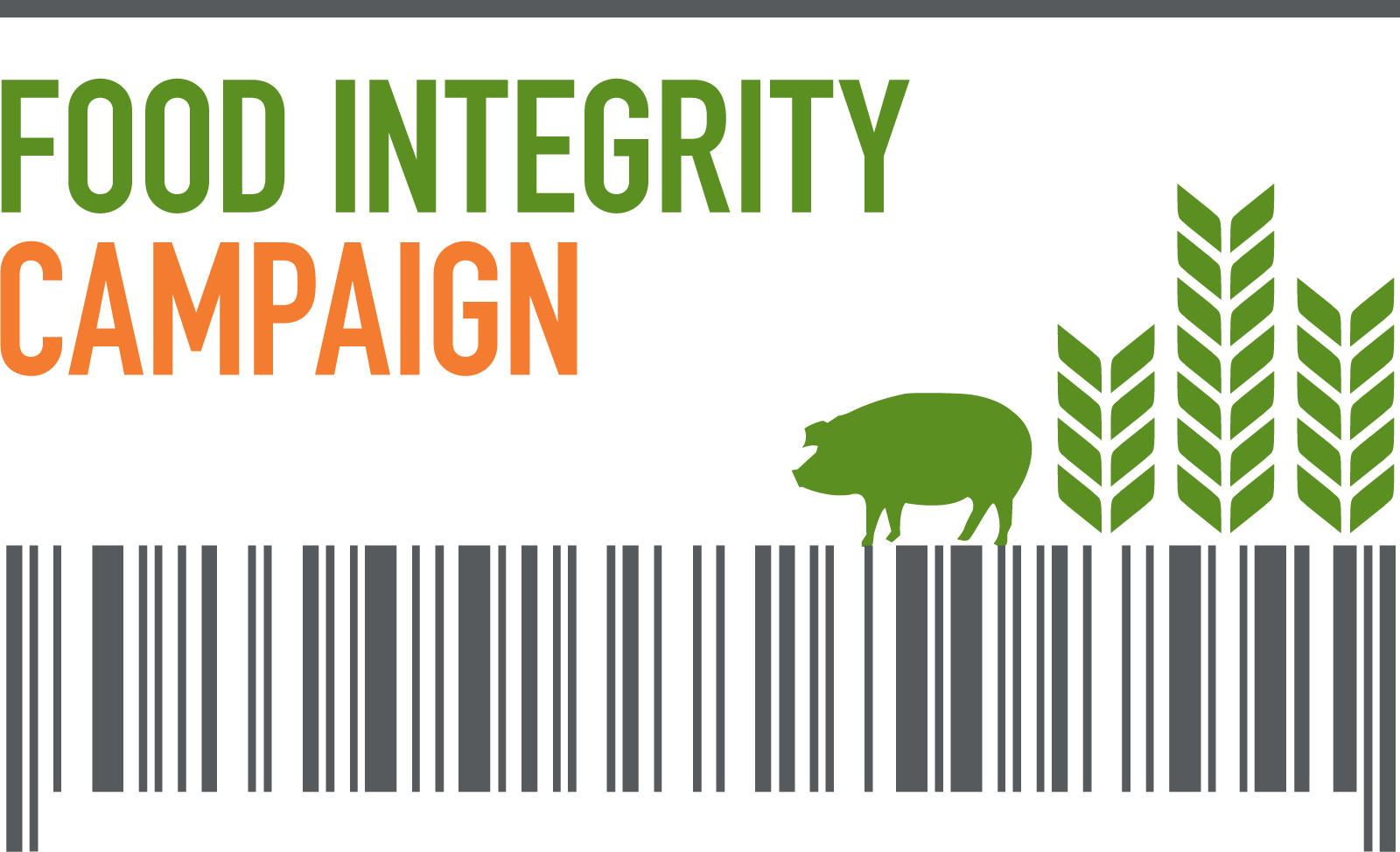by Scott Wickersham
The USDA is considering changing the way the chicken you eat is inspected, but one group calls that a huge mistake.
In a 9 investigation, Eyewitness News looked into USDA inspection reports from local poultry processing plants.
Eyewitness News found reports of numerous issues. And now, some people worry that with the changes, these types of issues will happen more often.
Eyewitness News spent weeks digging through the last three years of reports from USDA inspectors at local poultry processing plants. Those inspectors monitor the process as the birds are killed and cleaned before they head to the grocery store.
Locally, they inspect the Tyson plant in Monroe, Pilgrim’s Pride in Marshville and Case Farms in Morganton.
At Tyson, inspectors reported finding fecal material, a roach and a fly on bird carcasses. They also reported seeing workers putting drumsticks, which had already been packaged and approved for consumer sale, into a tote full of “bloody liquid meat fat.” The inspector made them wash the tote and re-inspect all the drumsticks for contamination.
At Pilgrim’s Pride, inspectors reported seeing birds with “numerous black specks,” which the report said could contain “micro-organisms and emerging pathogens” that might make someone sick. They also reported “scabs and bruises” on birds, which had to be pulled off the line.
At Case Farms, inspectors reported finding a “glob of brown/green pasty fecal contamination” inside a chicken carcass and “a live fully conscious bird” buried under dead chickens in a barrel. The report says a worker then “humanely” broke its neck.
Eyewitness News found similar issues at all three plants, all caught by inspectors, who took action to safely deal with them.
But some worry soon, fewer of these issues will be caught before the poultry heads to the grocery store.
“Where this an ick factor, there is often a sick factor,” said Amanda Hitt, who runs the Food Integrity Campaign in the Government Accountability Project in Washington.
She’s concerned about a USDA pilot program being used in a handful of poultry processing plants right now, but not in Charlotte, that the USDA may allow all across the country.
It moves USDA inspectors off the “evisceration” line, where the birds are gutted, to other parts of the plant where the USDA says they can better monitor other operations that affect the public health.
As a result, plant workers are supposed to do more inspection themselves.
The proposed plan also allows plants to slaughter and process bird more quickly, nearly doubling the line speed from 90 birds per minute to 175.
Hitt worries that increased speed will mean more health concerns that are missed.
“Checking for feathers and feces and scabs and blisters and pus,” she said.
Sam Koenigsberg cites the conditions in big chicken farms and processing plants as part of the reason he raises free-range chickens at his farm in Waxhaw. He said his operation is more humane and cleaner than massive chicken farms.
“The birds have no life,” he said. “They live in their dung. They don’t smell fresh air — no exercise or access to green material.”
He slaughters his chicken right on his property, each bird inspected by hand.
But many doubt a system like Koenigsberg’s can feed America’s appetite for chicken.
The industry says the new system will allow them to process more chickens, while still maintaining safety.
Americans eat 9 billion chickens a year. And some argue this new system is just as safe and allows American companies to keep up with higher demand. Otherwise, they say, America will import more chicken from foreign countries where the U.S. has no control over the inspection process.
The USDA denied Eyewitness News’ interview request.
Tyson was the only company that responded to what we found in the inspection reports, saying “When each document is considered in its entirety, it is apparent that prudent, corrective actions were taken by plant management.”
Tyson calls the inspection change just as safe and more efficient.
Some industry experts agree.
“They are looking at other parts of the process. So instead of being stuck in one part of the line all day, they can see the entire line and get a better idea of how the plants is operating in general,” said Dr. Doug Smith, associate professor at NC State.
The poultry industry is also onboard — not surprising since Hitt said the changes would save them $250 million a year.
It’s a cost savings that Hitt worries will also have a cost on consumer health.
The USDA plans to make a decision on whether it will allow the new inspection standards nationwide later this year.
